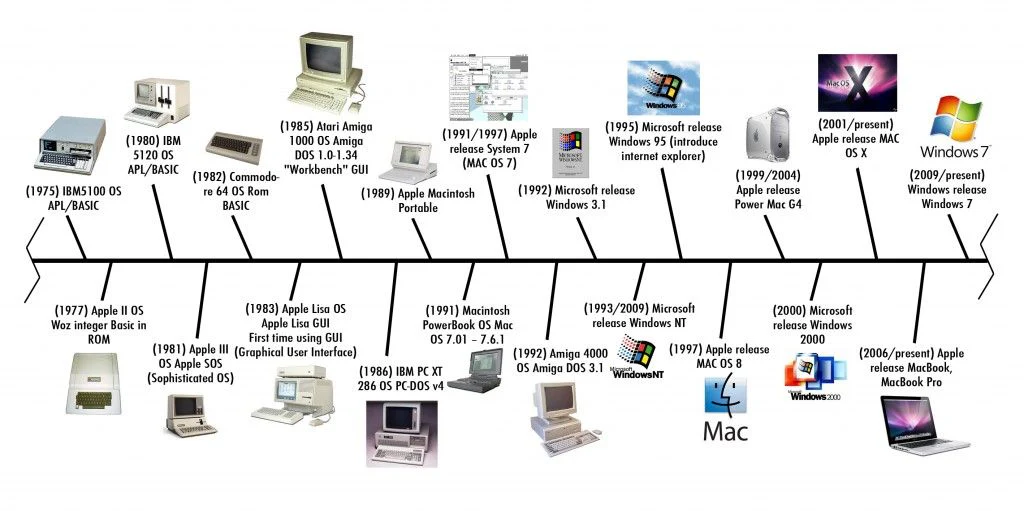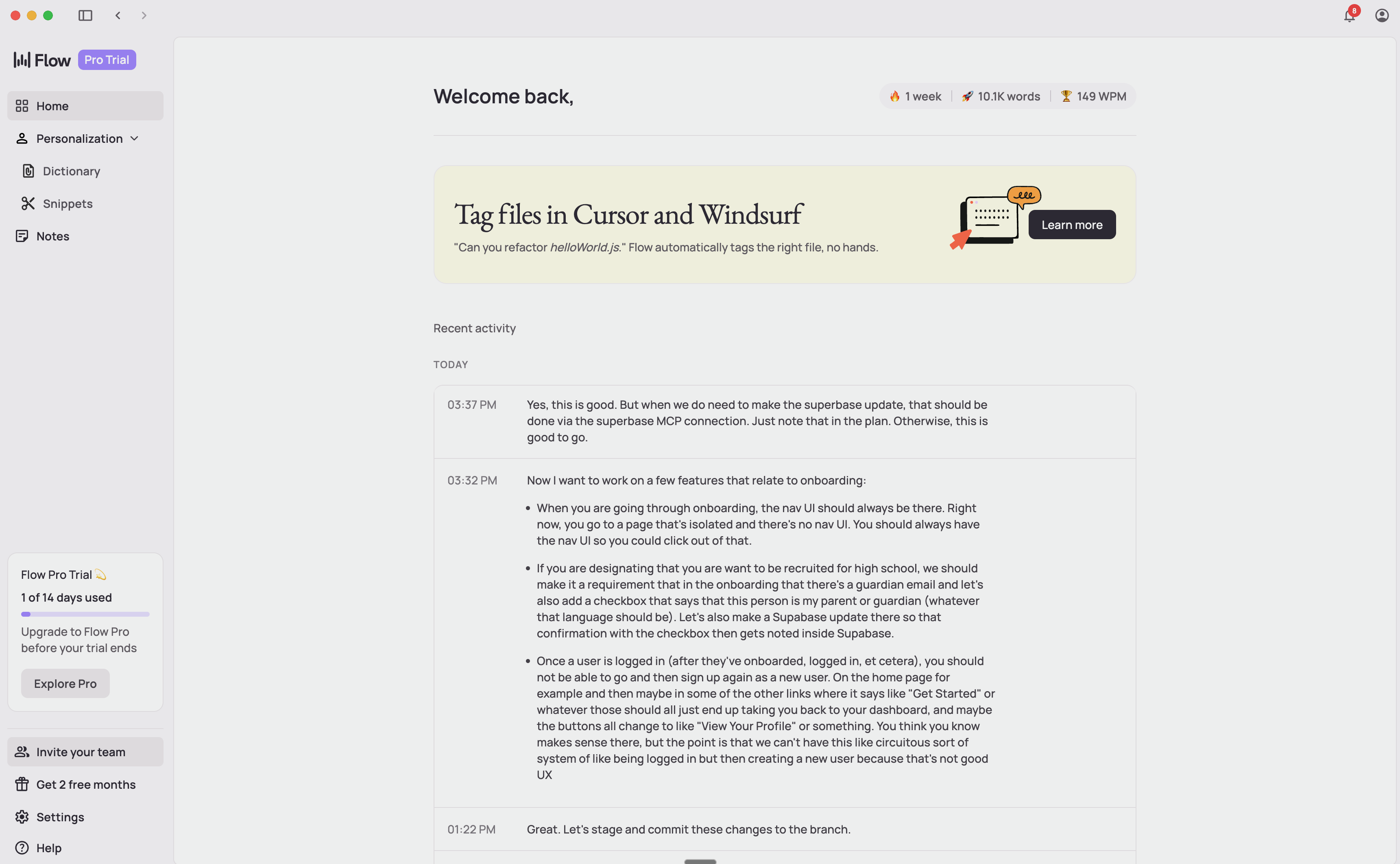We Talk to Ourselves (But We Swear We're Not Crazy)
Let's get one thing out of the way: yes, we talk to ourselves now. A lot. But it's not weird… It's productive.
Let's get one thing out of the way: yes, we talk to ourselves now. A lot.
But it's not weird… It's productive. Stay with us…
Why Are We Still Typing?
Typing is not native to computers. It's not even native to humans.
We only type because, for the past few decades, it's been the easiest way to get information into a machine.
But typing is not the goal — computing is.
The UI layer has just always shaped how we use technology.
And as we've said before: when the interface changes, everything changes. (Check out our recent newsletter on how AI is shifting UI…)
A Brief History of the Interface
- Computers were built to calculate, not to chat.
- Graphical User Interfaces (GUIs) made them usable.
- The mouse made them accessible.
- The internet made them social.
- The smartphone made them portable.
- AI is making them… conversational.

But here's the thing: the way we input information hasn't kept up. We're using interfaces from 1998 to interact with intelligence from 2025.
Rethinking Input
We're used to typing because it's been the default for decades. But it's not necessarily the most efficient way to get information into a computer.
We think faster than we type.
And a lot of what slows us down isn't the idea — it's the act of getting it out. Voice can help remove that friction.
At first, speaking your thoughts out loud might feel a bit strange.
But once you try it, it starts to make sense, especially when the system understands what you meant, not just what you said.
In many cases, typing still works. But in others, voice might just be the simpler, faster way in.
Enter Wispr Flow
Wispr Flow recently raised $30M from Menlo Ventures, and we've been using it for just about everything:
- Coding
- Brainstorming
- Writing
- Debugging
- Project management
Before you roll your eyes and say "Siri does voice messaging…" Yes, we know. But this is different, and noticeably better.
If you've ever tried voice-texting with Siri and said: "Wait wait, don't put that in…"
It probably added that in anyway. Wispr doesn't.
It's designed to understand what you meant — not just what you said. Even when you're backtracking or thinking out loud.
It also includes a Dictionary and Text Replacements, so you can add names, shortcuts, or full phrases you use and reuse them easily.
It's really more like having a direct report and explaining the task that needs to get done.
Building with Voice
This week, we used Wispr to build a full-stack app for a client — entirely by prompting in Claude Code. Here is a transcript of what some our voice prompts were:

Wispr captured everything, passed it cleanly into Claude, and we kept building.
It seems like a small thing, but time adds up when you're debugging, rewriting prompts, or clarifying context over and over. Speaking it out — naturally — gets you there faster.
To put our Wispr output into numbers over the past two days: we've done 20.1k words, which is equivalent to delivering 7 TED talks, dictating nearly half a book, or speaking nonstop through 3 hours of intense meetings.
So yeah, we've been talking to ourselves a lot this week.
But the output has been worth it.
Curious?
Interested in tools that help you work in faster, smarter ways?
(Yes, we still talk to people — not just ourselves.)
Frequently Asked Questions
Continue Reading

AI Is a Tool, Not a Strategy
Henry Kravis reminds us that AI is a productivity tool, not a strategy. Strong management, cultural fit, and operational fundamentals still determine whether businesses succeed or fail.

Four AI Conversation Starters (To Avoid Holiday Small Talk)
Four timely AI conversation starters covering federal vs state AI regulation, Opus 4.5 capabilities, physical AI in construction, and Michael Burry's bet against Nvidia—perfect for surviving holiday small talk.

Our Thanksgiving Gratitude List (The Tech Edition)
Discover the AI tools transforming how we build products at Lowcode Garage. From publishing content with Claude Desktop to building prototypes in weeks instead of quarters, here's our Thanksgiving gratitude list for the tech that makes it all possible.